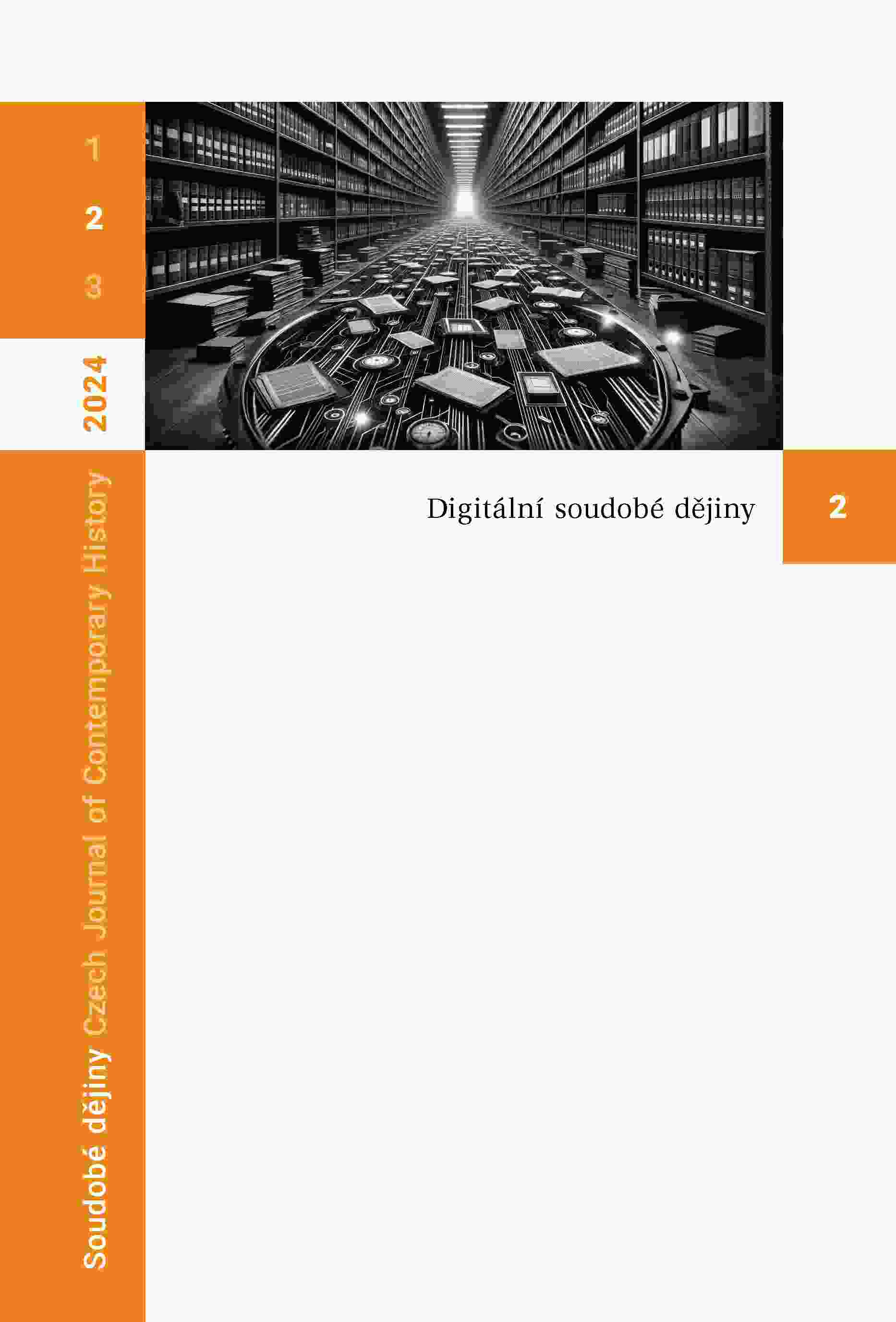Od dvojdomků pro Romy k romskému panelovému ghettu
From Semi-Detached Houses for Roma to a Romani Panel Ghetto
Author(s): Marie Černá Subject(s): History, Ethnohistory, Political history, Social history, Post-War period (1950 - 1989), Transformation Period (1990 - 2010), Book-Review
Published by: AV ČR - Akademie věd České republiky - Ústav pro soudobé dějiny
Keywords: Slovakia;Czechoslovakia;Košice;Luník IX housing estate;Roma/“Gypsies”;interethnic relations;Roma integration;Roma ghetto;municipal politics;housing policy
Summary/Abstract: In his book entitled "Luník IX: Zrod rómskeho geta" [Luník IX: The Birth of the Roma Ghetto], the Slovak historian Ondrej Ficeri reconstructs the history of the Luník IX prefabricated housing estate in the city of Košice, Eastern Slovakia, from the original plan in the early 1970s to build a new quarter of semi-detached houses for Roma, through the construction and operation of the prefabricated housing estate inhabited by both Roma and the majority population, to its degradation into a Romani ghetto in the late 1990s. The reviewer outlines the context of the development of state policy towards the Roma in socialist Czechoslovakia, which sought to integrate them into the majority society through the concept of so-called dispersion (rozptyl). She also appreciates Ficeri’s efforts to explore the changes, contradictions and problems arising from the confrontation of this policy with realityon a local scale. The author draws on a wealth of archival material and effectively devotes a great deal of space to the development of construction projects as well asto the negotiations and often contradictory arguments of local actors at the level of the political and administrative bodies of Košice. In doing so, he touches upon the essential issues of housing policy, sociability and social control, which are relevant not only in this specific environment.
Journal: Soudobé Dějiny
- Issue Year: XXXI/2024
- Issue No: 2
- Page Range: 554-561
- Page Count: 8
- Language: Czech

